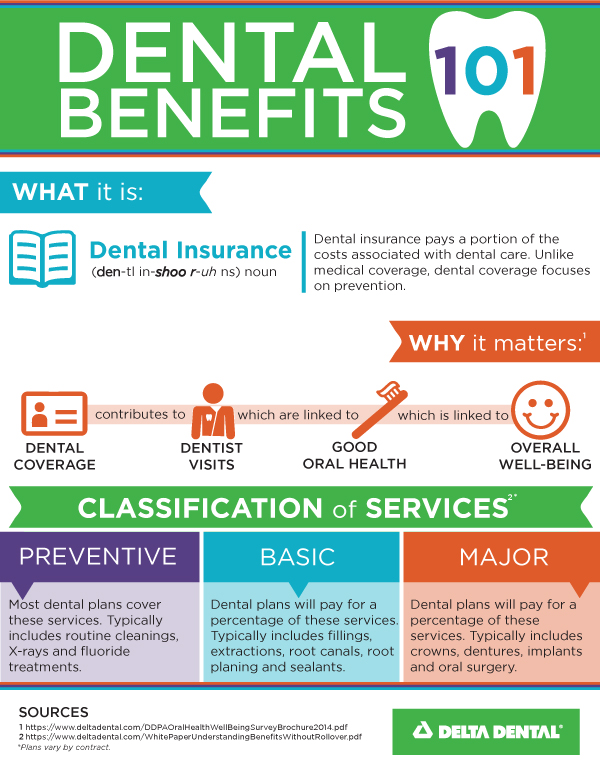Choose The Most Effective Orthodontic Choice For Your Lifestyle By Delving Into The Nuanced Contrast In Between Invisalign And Traditional Dental Braces
Choose The Most Effective Orthodontic Choice For Your Lifestyle By Delving Into The Nuanced Contrast In Between Invisalign And Traditional Dental Braces
Blog Article
Authored By-McNeil Isaksen
When confronted with the decision between Invisalign and traditional dental braces, you may question which option straightens much better with your lifestyle and choices. The choice includes more than simply the aesthetic appeal; it looks into aspects like treatment duration, convenience, and lasting dental health results. Consider dentist that take medicaid near me might have on your daily regimen and confidence. As we discover the thorough contrast, you'll get insights into the nuances that make these orthodontic therapies unique and uncover which one might be the better fit for you.
Products and Construction
When contrasting Invisalign to standard dental braces, the materials and building and construction vary dramatically. Invisalign consists of clear, smooth plastic aligners custom-made to fit your teeth. These aligners are practically unseen, making them a popular selection for those looking for an extra very discreet orthodontic treatment.
On the other hand, traditional dental braces entail steel braces that are glued to your teeth. These braces are then linked by cords and elastic band, applying pressure to progressively change your teeth right into the desired placement.
The building of Invisalign aligners permits a more comfy fit compared to conventional braces. The smooth plastic material minimizes irritation to your cheeks and gum tissues, which is an usual concern with metal brackets and cords. Furthermore, Invisalign aligners are removable, making it much easier to clean and floss your teeth with no blockages.
In contrast, standard dental braces are repaired onto your teeth, calling for extra treatment and time for appropriate upkeep.
Maintenance and Oral Hygiene
The maintenance and oral health methods differ between Invisalign and traditional braces as a result of their one-of-a-kind design and building.
With Invisalign, you can eliminate the aligners when eating or cleaning your teeth, enabling you to maintain your routine dental hygiene routine with no obstructions. It's critical to comb your teeth after eating prior to placing the aligners back on to avoid food fragments from obtaining caught and triggering degeneration.
On the other hand, typical dental braces require added focus to keep your teeth tidy. Food bits can easily get embeded the braces and cords, leading to plaque build-up and potential dental cavity. You'll need to use special tools like interdental brushes or floss threaders to tidy between the wires and brackets properly.
Normal oral exams and cleansings are vital to make sure that your oral hygiene is in top condition while putting on conventional dental braces.
Exposure and Aesthetic appeal
Presence and appearances play a considerable function in the contrast between Invisalign and conventional braces. When it involves appearance, Invisalign provides a clear benefit over conventional dental braces. Invisalign aligners are practically undetectable, making them a popular option for those that favor a more discreet orthodontic therapy option.
Unlike the noticeable metal brackets and cables of standard braces, Invisalign aligners are clear and blend in with your all-natural teeth, allowing you to grin with confidence throughout your therapy.
Conventional dental braces, on the other hand, are more conspicuous due to their steel components. While some might choose vivid bands to individualize their dental braces, others may really feel awkward regarding the exposure of these orthodontic appliances. The popular appearance of typical braces can occasionally influence an individual's self-worth, specifically for adults in specialist setups.
Conclusion
To conclude, when choosing between Invisalign and conventional braces, consider your way of life and choices. Invisalign supplies a very discreet and comfortable option with easy maintenance, while conventional dental braces supply vivid personalization however might impact self-worth.
Eventually, dentist without insurance must be based upon what works best for you in terms of aesthetic appeals, comfort, and comfort. Make sure to seek advice from your orthodontist to determine the most suitable treatment for your specific demands.
